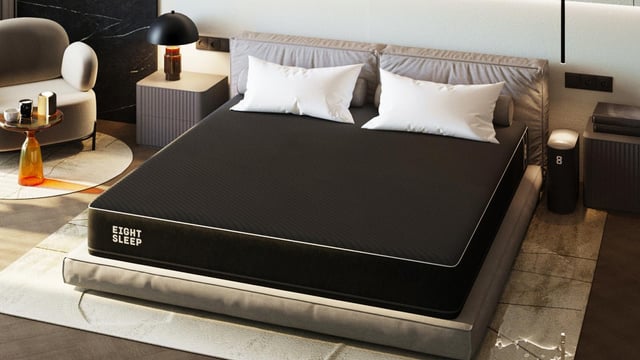When the Cloud Takes Your Comfort Hostage: AWS Outage Turns Smart Beds Into Torture Devices
Imagine this: you’ve invested in a state-of-the-art smart bed, a technological marvel promising perfect sleep and personalized comfort. You drift off to dreamland, only to wake up sweating, the bed stuck in an upright position, and no amount of button-pressing seems to help. This isn’t a scene from a dystopian sci-fi film; it’s a reality that unfolded for some unfortunate smart bed owners recently, all thanks to an Amazon Web Services (AWS) outage. This incident highlights the increasing reliance on cloud services and the potential pitfalls when even the most reliable systems stumble.
The Great Upright Bed Incident: How Did This Happen?
So, how does a cloud outage cause your bed to malfunction? The answer lies in the architecture of modern “smart” devices. Many of these devices, including high-tech beds, aren’t truly independent. They rely on a constant internet connection to function correctly. In this case, these $2,000 smart beds use AWS servers to control their various features, including temperature regulation and position adjustments.
When AWS experienced an outage, these beds lost their connection to the cloud. Without this connection, the beds defaulted to a safety mode. The safety mode, intended to prevent accidents, locked the beds into an upright position. Adding insult to injury, the temperature regulation system failed, causing the beds to overheat. Trapped in an upright, sweltering position, users were left at the mercy of the malfunctioning technology they had purchased to improve their sleep.
This incident raises serious questions about the design and security of smart devices. Should a bed, a product designed for comfort and rest, rely so heavily on a remote server? Is there a need for a local override or backup system in case of a cloud outage? The experience of these frustrated bed owners serves as a cautionary tale for consumers and manufacturers alike.
The Ripple Effect: Beyond Sleep Discomfort
The AWS outage had implications far beyond just uncomfortable beds. While the plight of the overheating, upright smart bed owners garnered the most attention, the incident exposed a broader vulnerability in our interconnected world. Many other services and devices that rely on AWS were also affected, ranging from streaming platforms to essential business applications.
This highlights the centralized nature of cloud services. When a major provider like AWS experiences an outage, the effects can ripple across the internet, impacting countless individuals and businesses. It underscores the importance of redundancy, disaster recovery planning, and exploring alternative solutions that don’t rely solely on a single point of failure. The bed incident, while seemingly trivial on the surface, serves as a stark reminder of the potential consequences of our increasing dependence on the cloud.
Lessons Learned: Rethinking Smart Device Design
The great upright bed incident offers several valuable lessons for consumers, manufacturers, and cloud service providers. For consumers, it’s a reminder to carefully consider the potential risks associated with smart devices that rely heavily on internet connectivity. Ask yourself if the added convenience justifies the potential for malfunction during an outage.
Manufacturers need to prioritize designing devices that can function, at least in a basic capacity, without an internet connection. Implementing local controls, backup systems, and fail-safe mechanisms can mitigate the impact of cloud outages. Cloud providers, like AWS, must continuously invest in robust infrastructure, redundancy, and disaster recovery solutions to minimize the likelihood and impact of outages.
Ultimately, the goal should be to create smart devices that enhance our lives without making us completely dependent on external systems. A little bit of local control can go a long way in preventing future incidents like the great upright bed debacle.
The Future of Sleep: Smarter, Not Just “Smart”
The AWS outage and the subsequent smart bed malfunctions underscore a critical point: “smart” technology shouldn’t come at the expense of reliability and control. While the promise of personalized comfort and automated convenience is appealing, consumers must be aware of the potential downsides. This incident should serve as a catalyst for more thoughtful design and development of smart devices.
The future of sleep technology shouldn’t be about adding more features that rely on constant connectivity. Instead, it should focus on creating resilient, reliable systems that prioritize the user’s experience and comfort, even in the face of unforeseen circumstances. Perhaps a return to simpler, less interconnected solutions is what we need for a truly restful night’s sleep. After all, sometimes the smartest thing you can do is keep it simple.
